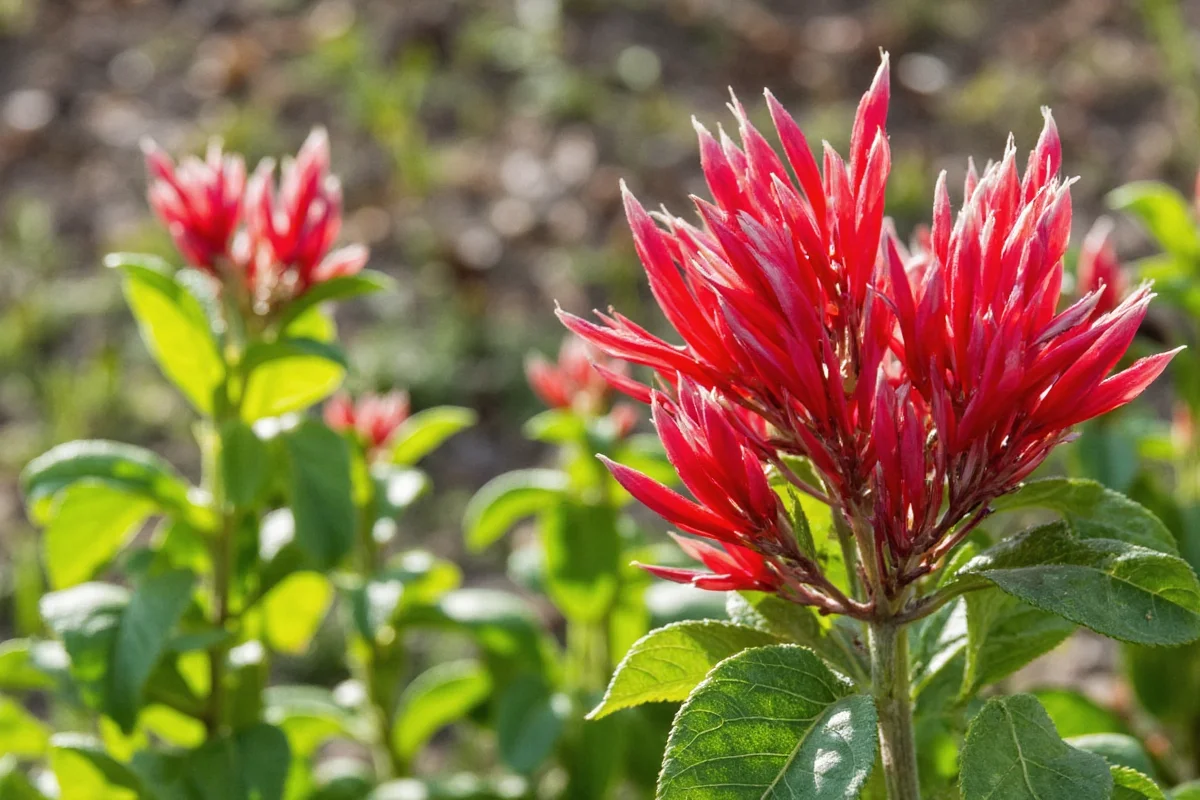Growing sedum plants can be a rewarding experience for both novice and experienced gardeners. These hardy perennials are well-known for their ability to thrive in various conditions, showcasing vibrant foliage and stunning blooms. Sedums, also known as stonecrops, are easy to grow and require minimal maintenance, making them ideal for busy gardeners. This article will guide you through the basics of growing sedum plants, including understanding their characteristics, planting tips, care instructions, pest management, and benefits.
Understanding Sedum Plants
Sedum plants belong to the Crassulaceae family, which includes a wide range of succulent species. These plants are known for their fleshy leaves that store water, allowing them to survive periods of drought. Typically, sedums have small, star-shaped flowers and are available in various colors, including green, red, yellow, and blue.
- Varieties: There are hundreds of sedum varieties, each offering unique traits. Some popular types include Sedum 'Autumn Joy', Sedum 'Ruby Glow', and Sedum 'Angelina'.
- Growth Habits: Sedums can range from ground-covering mats to tall, upright plants, making them versatile for different garden designs.
- Hardiness Zones: Most sedum plants thrive in USDA hardiness zones 3 to 9, providing gardeners with options for various climates.
Understanding the characteristics of sedum plants is crucial for choosing the right type for your garden design and conditions.
Planting Sedum Plants
Planting sedum is straightforward due to their adaptability and resilience. The following steps will help you establish a thriving sedum garden:
- Location: Sedums prefer full sun to partial shade. Choose a location with plenty of sunlight to encourage robust growth and flowering.
- Soil Preparation: Although sedums can tolerate poor soil, they thrive in well-draining soil. Mix in some sand or gravel if necessary to improve drainage.
- Spacing: Depending on the variety, sedums should be planted at least six inches apart to allow for adequate air circulation.
Proper planting will set the foundation for healthy and beautiful sedum plants.
Caring for Sedum Plants
Maintaining sedum plants is easy due to their low-maintenance nature. Here are some care tips:
- Watering: Sedums require minimal watering, especially in cooler climates. Allow the soil to dry out between watering sessions.
- Pruning: Prune sedum in early spring to help promote new growth. Remove dead or damaged stems throughout the growing season.
- Fertilization: Fertilizing is not necessary for sedums, but a light application of compost or balanced fertilizer in spring can boost growth.
With minimal care, sedums will flourish and add beauty to your garden.
Pest Management for Sedum Plants
While sedums are generally resistant to pests, there are some common issues to monitor:
- Aphids: These small insects can be managed by spraying with water or applying a mild insecticidal soap.
- Mealybugs: Mealybugs are treatable with a cotton swab dipped in alcohol or a pesticide formulated for succulents.
- Slugs and Snails: Use natural slug repellents or barriers to protect your sedum from these common garden pests.
Monitoring your plants will help ensure a healthy, pest-free garden.
Benefits of Growing Sedum Plants
Sedums offer numerous advantages for gardeners:
- Environmental Benefits: Sedums are excellent for green roofs as they help with water management and provide insulation.
- Low Maintenance: With minimal watering and care, sedums are perfect for busy gardeners looking for easy-to-grow plants.
- Attracting Pollinators: Sedum flowers attract bees and butterflies, supporting garden biodiversity.
The benefits make sedums a valuable addition to any garden, providing both aesthetic and ecological contributions.
In conclusion, sedum plants are a versatile and hardy choice for any garden, offering both ease of care and beauty. Understanding their characteristics, planting correctly, regular maintenance, managing pests, and enjoying their benefits can improve your gardening experience. Sedums not only enhance garden landscapes but also support healthy ecosystems, making them a valuable part of any gardener's toolkit. Begin your journey with sedums and enjoy the rewards they bring to your garden for years to come.











 浙公网安备
33010002000092号
浙公网安备
33010002000092号 浙B2-20120091-4
浙B2-20120091-4